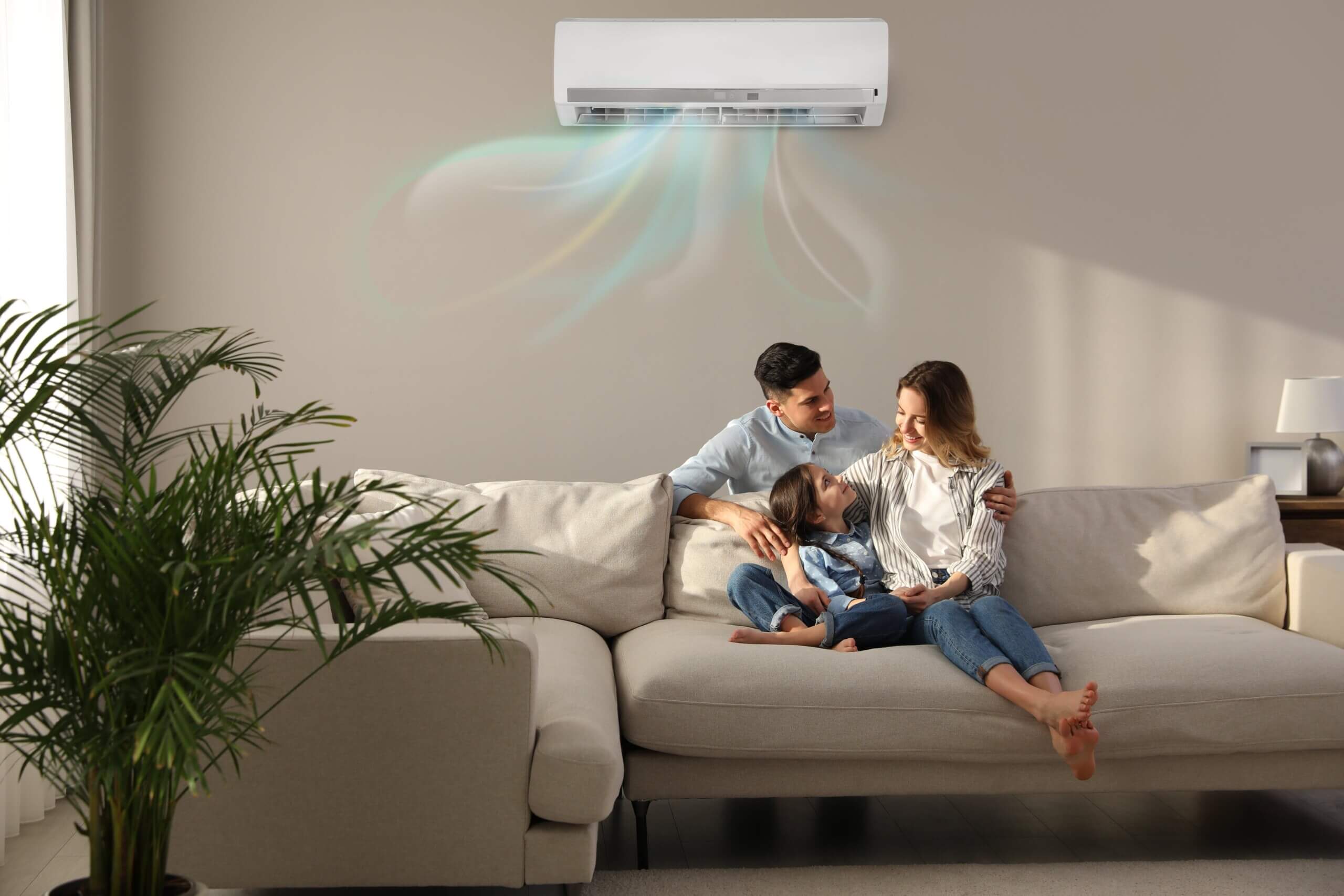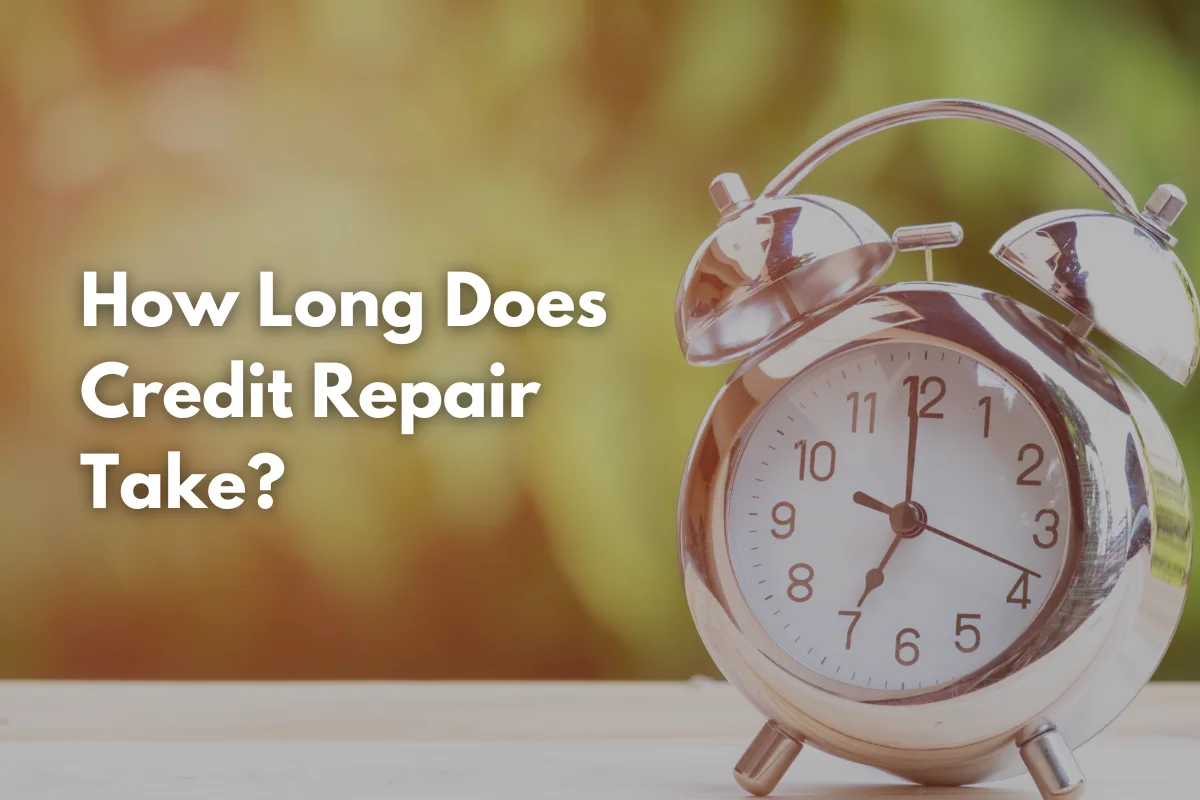It always seems to happen on the hottest afternoon of the summer. You’re sitting in your living room, sweating through a T-shirt, when suddenly the hum of the air conditioner goes quiet. At first, you think, “Maybe it just cycled off.” But minutes pass, the air feels heavier, and before you know it—you’re Googling solutions with one hand while fanning yourself with the other.
An air conditioner isn’t just a machine; it’s a lifeline during extreme heat. When it fails, you’re forced to make quick decisions: Do you call a professional right away? Can you troubleshoot on your own? Or do you just grab an ice pack and hope the heatwave ends early? This isn’t just a technical problem—it’s an everyday struggle almost every homeowner faces at some point.
Why Air Conditioners Fail at the Worst Times
There’s an odd irony to cooling systems: they usually give out exactly when you need them the most. That’s not coincidence. The hotter it gets, the harder the unit works. Running nonstop in sweltering weather puts stress on motors, compressors, and coils. Imagine sprinting for hours without a break—it’s only a matter of time before your body gives out. That’s what your AC feels like during a 100-degree week.
Dust build-up, refrigerant leaks, clogged filters, and worn-out parts often lurk unnoticed for months. Then, when summer demands full power, those hidden problems reveal themselves in the form of weak airflow, warm air from the vents, or a system that refuses to turn on altogether.
The Human Side of a Breakdown
It’s easy to frame this as a purely mechanical issue, but if you’ve ever had an AC break on a July afternoon, you know it’s about more than parts and wires. It’s about frustration. It’s about sleep-deprived nights where you flip your pillow over, again and again, hoping for the cool side. It’s about families gathering in the one semi-cool room of the house like campers around a fire, except this fire is an old box fan rattling away on the floor.
This is why air conditioning repair isn’t just a service—it’s a kind of emergency relief. The right fix doesn’t just restore cold air; it restores comfort, sanity, and sometimes even safety, especially for kids, pets, and older adults who don’t handle heat well.
DIY Checks Before You Panic
Before you hit speed dial for the nearest technician, there are a few things worth checking on your own. Sometimes the problem isn’t as dramatic as it feels in the moment.
- Thermostat settings: It sounds silly, but many calls to HVAC pros come down to the thermostat being set wrong, or batteries dying at the worst possible moment.
- Air filter: A clogged filter can choke airflow so badly that the system struggles to cool, or even shuts down to protect itself.
- Breaker box: Power surges or overloads can flip a breaker, leaving your AC powerless without any actual damage.
- Outdoor unit: Fallen branches, dirt, or leaves blocking airflow around the condenser can turn cooling into an uphill battle.
If these quick checks don’t help, that’s when it’s time to call in someone who actually knows their way around refrigerant lines and compressors.
The Role of Professionals
There’s a reason HVAC technicians are in such high demand, especially in the middle of summer. They’ve seen every strange rattle, leak, and electrical hiccup you could imagine. Where most homeowners just see a big metal box buzzing in the backyard, they see a finely tuned system with dozens of moving parts, each depending on the other.
The catch, of course, is that during heatwaves, professionals get booked solid. Waiting lists form. Prices go up. And you’re left wondering if you should suffer it out with a few fans or pay a premium for an urgent visit.
That’s where regular maintenance earns its value. Having your system inspected in spring—before the real heat arrives—can mean the difference between a minor adjustment and a total mid-July meltdown.
Common Repairs and Their Real Costs
Here’s the reality: not every breakdown means replacing your whole system. Some fixes are relatively small, while others can be a gut punch to your budget.
- Capacitors: These little electrical components often fail after years of stress. Swapping one out is relatively affordable.
- Refrigerant leaks: Trickier, since not only do you need a refill, but you also need the leak patched properly.
- Compressor issues: This is the “heart” of the AC. If it goes bad, it’s one of the more expensive repairs, sometimes pushing homeowners to consider replacement instead.
- Blower motors and fans: Wear and tear eventually win, but replacing these parts usually revives airflow without breaking the bank.
Knowing what’s common can prepare you for those conversations with a technician. It’s always less overwhelming when you’ve got some idea of what they’re talking about.
Why Waiting Makes Things Worse
One of the biggest mistakes homeowners make is ignoring the signs. That little squeal or occasional warm gust doesn’t seem like a big deal—until it snowballs into a full breakdown. Machines rarely fix themselves. What starts as a small, inexpensive fix can spiral into a major repair if neglected.
Calling for ac repair at the first sign of trouble often saves money in the long run. Think of it like visiting the doctor: catching something early makes the treatment simpler, faster, and less expensive.
A Few Cooling Hacks While You Wait
If you’re stuck waiting for a technician, you’re not completely powerless. A few small tricks can make life a bit more bearable:
- Close curtains or blinds to block direct sunlight.
- Run ceiling fans counter-clockwise to push cool air downward.
- Use ice in front of a box fan for a makeshift (but short-lived) cooling boost.
- Stick to cooler parts of the house—basements are often 10 degrees lower than upstairs rooms.
These hacks won’t replace real air conditioning, but they can take the edge off until the repair is done.
The Bigger Picture: Comfort and Peace of Mind
At the end of the day, fixing an AC isn’t just about replacing a part—it’s about reclaiming your space. When your home is sweltering, every task feels harder. Cooking, working, even relaxing becomes a challenge. Once cool air returns, life suddenly feels manageable again. That’s the power of a well-maintained system.
Wrapping It Up
No one likes dealing with a busted AC. It’s inconvenient, stressful, and often expensive. But it’s also a reminder that, like most things in our homes, these systems need care before they break, not just after. A little attention in spring, a quick call when something sounds off, and a relationship with a trusted technician can save you from those miserable, sweaty nights where sleep feels impossible.
So the next time your system goes quiet, don’t just panic—take a breath, check the basics, and call for help before small issues turn into major disasters. Because keeping cool isn’t just about temperature—it’s about comfort, health, and peace of mind in the place you’re supposed to feel most at ease: home.









